
views
Mental Values

Praise students for hard work. If you see them improving, or doing well, privately congratulate them on putting so much effort into the class. This will help them think of themselves as resilient, and encourage more hard work in the future..

Organize the classroom. You can be a role model by keeping things in order and making the important information accessible. Consider color-coding different materials for your convenience. Make deadlines and homework assignments clear. Write them down on the blackboard so students have time to see it and copy it down.
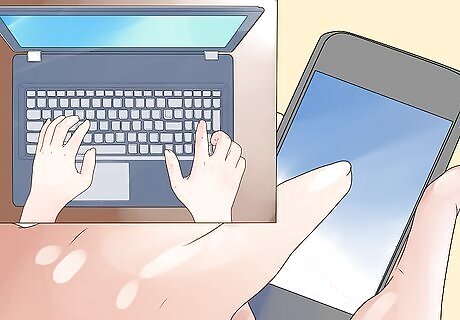
Allow self-monitoring. Find a way for students to be able to check their grades, and know if they have any missing assignments. This allows them to take initiative and responsibility regarding their performance. Consider a class website (e.g. Blackboard) where grade breakdowns are posted. If you can't use a website, print out grades sorted by ID number periodically so students can check where they're at.

Show enthusiasm for your subject matter. If you care about the material, and if you can make it relevant, the students will care too. Your attitude is infectious.

Accommodate different learning styles. Some students learn by seeing, hearing, doing, et cetera. Incorporate a variety of activities to address these different styles, and the mixed approaches will help them feel engaged and prepared.
Social Values

Be kind to your students. Recognize that many of them are struggling with problems you cannot see—broken homes, grumpy parents, undiagnosed disabilities, sick family members, friendship troubles, et cetera. Everyone (including you) is fighting some sort of hidden battle. Treat them with, particularly if you think there's something more going on. Compassion matters.

Control your temper. Some days it might be tempting to yell at your class, but this is not good for the classroom atmosphere. Instead, manage your own anger (if your students see you using techniques, they'll try those techniques), take a few deep breaths, and speak calmly but firmly. Write it down or talk into a recording device. Breathe deeply for several seconds. Squeeze a stress ball. Count to ten.

Be strict about bad behavior. Bullying, sexual harassment, and cheating are very serious issues. Do not allow students to interfere with others' learning or sense of safety. Talk with bullying victims one-on-one about what happened (because the bully's presence may intimidate them). Get the principal and parents/guardians involved. Take harassment seriously. Enforce the concept of personal space, and do not allow lewd comments. Punish the perpetrator and let the victim move away from him/her. Ask cheaters why they cheated, and talk with them about more constructive ways to handle their trouble with school. This (along with punishment) can help prevent future incidents.
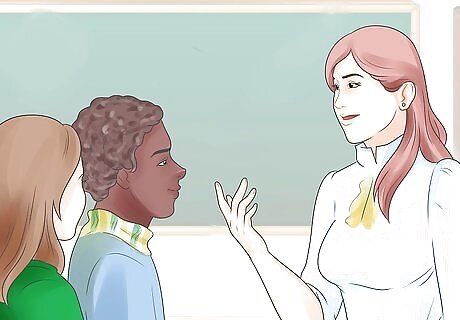
Teach students to accept differences. You will have students of different races, gender identities, sizes, and sexual orientations. Some students will have disabilities like autism, Tourette Syndrome, or dyslexia. Be a role model by respecting all students, and making accommodations without batting an eyelash. This teaches others that all needs are valid and worthwhile. Ignore disability symptoms (e.g. tics and stimming), and students will learn that these are normal and not a big deal. Don't let the boys interrupt or talk over the girls. Respect the pronouns of transgender students. They know their own identity best, and can tell you how you should handle it.
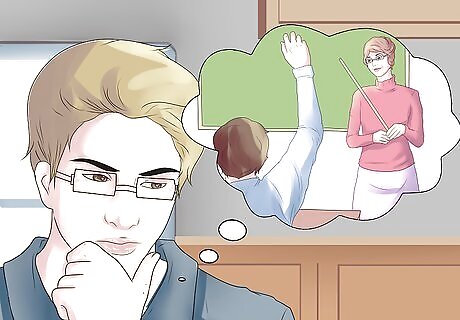
Keep an eye out for disabilities. Disabled children (and even teens) may not be diagnosed yet, and you can help by mentioning if you see something unusual. Consider not only your struggling students, but your overachieving students, and the students in the middle. Tell the school and the parents/guardians so they can get the child tested for various conditions. Anxiety, lethargy, isolation, and irrational thoughts may mean a mental illness is at play. (These do happen to good people.) Struggles at school may mean a learning disability. Difficulty in gym class may mean asthma, chronic pain, or another physical disability. Social struggles, need for routine, sensory issues, and passionate favorite subjects may indicate autism. (Average and bright students can also be autistic.)
Physical values
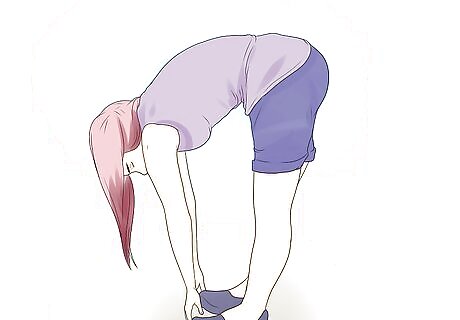
Exercise. This is one of the hardest values to install in anyone, let alone a pupil. However, exercise is useful in getting the blood pumping and helping the pupil to learn, so firstly consider what type of exercise is best (e.g. cardio, stamina, strength) and then times and agreements with parents and pupils should be made. Also think about interesting types of activities, such as fencing.

Encourage good posture. It may sound old fashioned but posture helps to stop back pain (which can interfere with learning and make a pupil grumpy), aid breathing and improve a host of other things. A simple technique is to but a medium weight book on the pupils head and tape a straight line on the floor. Another technique is to imagine a piece of string tied to your head and pulling your head up.
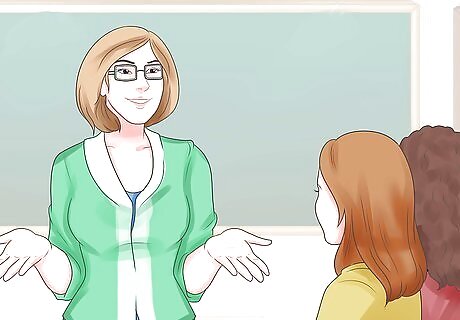
Promote clear speech and writing. Encourage students to speak loudly and clearly. For soft-spoken students, be encouraging and positive, so they don't feel shy. "I'd love to hear what you have to say. Please speak up to make it easier for me." Encourage students to take their time while writing, and write large enough to read. A positive atmosphere will help them bloom. If a student has a speech impediment, or seems to have trouble turning thoughts into words, this may mean a disability. Public schools can offer speech therapy services for this. Poor handwriting may also indicate a disability.
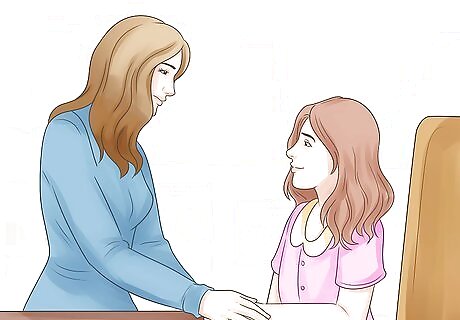
Never criticize students' bodies, or allow others to criticize them. Don't shame them for being too fat, too curvy, too dark-skinned, or too disabled. Teach all students that their body is strong and deserving of love. When students love their bodies, they will respect them and treat them well.











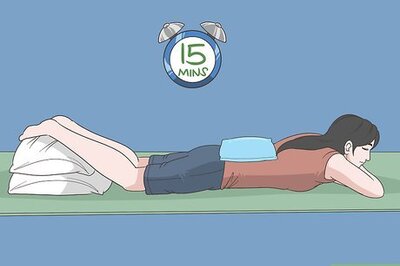








Comments
0 comment